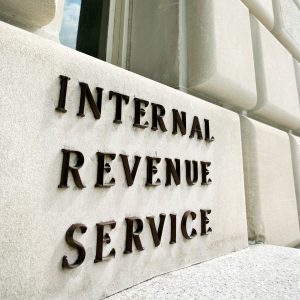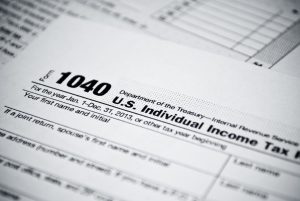Identity theft continues to be a growing problem, with instances of tax-related identity theft increasing every year. This can be a frustrating, time-consuming issue for taxpayers. Here are some things you need to know about tax-related identity theft.

What is Tax-Related Identity Theft?
Tax-related identify theft occurs when a social security number is stolen and used to file a tax return for a fraudulent refund. Many victims of tax-related identity theft are unaware that it has occurred until they file a return and discover that one has already been filed under their social security number. In other cases, taxpayers may receive a letter from the IRS stating that they have identified a suspicious return.
For 2017, the IRS, state agencies, and the tax industry enacted new safeguards and actions to combat tax-related identity theft.
Warning Signs
It is important to know the warning signs of possible tax-related identity theft. This is especially important if the IRS or your tax professional contact you regarding:
- Use of your social security number for more than one return
- Additional tax owed or a refund offset, as well as collection actions taken against you, for a year that you did not file a tax return
- IRS records that indicate wages received or other income from an unknown employer
If You Become a Victim
The Federal Trade Commission recommends these steps if you become a victim of identity theft:
- File a complaint with the FTC at www.identitytheft.gov
- Contact one of the three major credit bureaus to place a “fraud alert” on your credit record
- In addition, contact your financial institutions and close any financial or credit accounts opened without your permission or tampered with by identity thieves
If you know or suspect that you are a victim of tax-related identity theft, the IRS recommends that you:
- Respond immediately to any IRS notices by calling the number provided
- Complete IRS Form 14039, Identity Theft Affidavit
- File your tax return and pay any taxes that you owe; you may also need to mail paper tax returns
Ways to Protect Yourself
- Always use security software with firewall and anti-virus protections in addition to using strong passwords
- Learn to recognize and avoid phishing or suspicious emails, threatening phone calls or text messages from thieves posing as legitimate organizations, such as credit card companies, financial institutions, and the IRS
- Do not follow links or download attachments from suspicious or unknown email addresses
- Protect your personal data by securing your tax records, social security number, and credit card and banking information
- Do not carry your social security card with you
- Finally, remember that the IRS does not initiate contact with taxpayers to obtain personal or financial information
Find more information from the IRS Taxpayer Guide to Identity Theft.
Minnesota Department of Revenue
With an increase in scams and stolen personal information, the Minnesota Department of Revenue has stated that it is taking the time necessary to ensure that the correct refund goes to the correct person. The department reviews every return to verify information provided, and therefore, the length of time to process that return may vary from year to year.
Learn more from the Minnesota Department of Revenue. For Wisconsin, visit the website of the State of Wisconsin Department of Revenue.
Tax-related identity theft may also occur when thieves use a stolen Employee Identification Number from a business to create fraudulent W-2s. The accounting and tax professionals at Ramsay & Associates can assist taxpayers with individual and business tax-related identity theft – both with taking preventive actions and correcting any issues after identity theft occurs. Contact us for more information or to schedule an appointment.






